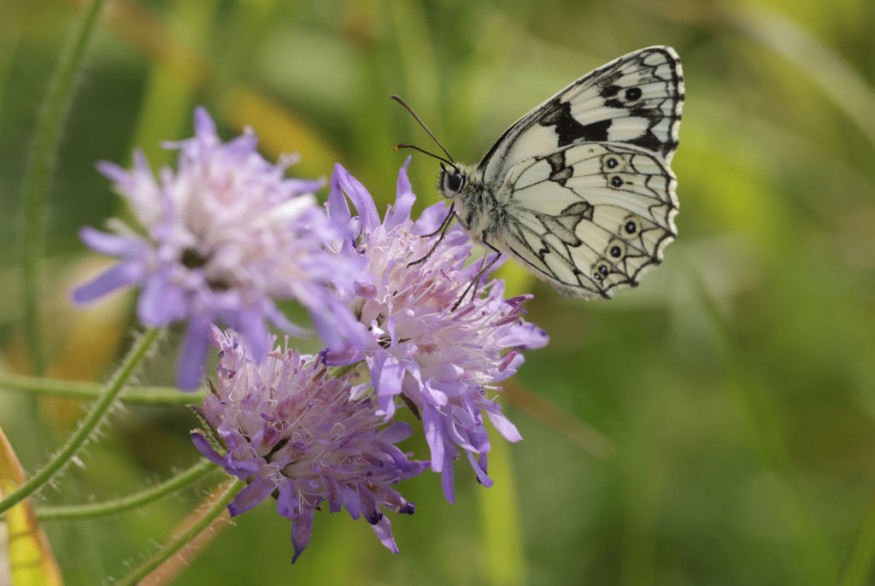A recent study revealed that preserving 1.2% of the Earth's surface would be sufficient for nature to save the most threatened species from extinction. Experts believed that impending extinction could be halted by expanding protected areas.

Conservation Priority
According to a study published in Frontiers in Science, thousands of the closest-to-extinct mammals, birds, amphibians, and plants may be saved if protected areas were strategically expanded on land. To avert the impending extinction of rare animals and plants, the research team identified 16,825 sites from Argentina to Papua New Guinea that should be given priority for conservation in the upcoming five years.
Lead author Dr. Eric Dinerstein of the environmental organization Resolve illustrated the team's goal of identifying the world's rarest species with restricted habitats by citing the example of the peyote cactus, whose remaining range may be limited to small areas of the Chihuahuan desert in North America. He added that the majority of species on Earth are uncommon, which means that they either have extremely small ranges, occur at extremely low numbers, or both.
Instead of focusing on everything that would be required to restore nature to Earth, this study aims to find ways to prevent impending extinctions. According to scientists, maintaining ecosystems that are essential to human cultures and halting the loss of biodiversity would need more than just growing protected areas.
Experts said that 38% of the sites, dubbed "conservation imperatives" by the authors, are located within 2.5 kilometers (one and a half miles) of an existing protected area, suggesting they may be possible quick wins. Over half of the locations were in the Philippines, Brazil, Indonesia, Madagascar, and Colombia.
Researchers found half of the planet's land area in 2020 that, if preserved, would improve natural carbon removal and stop the loss of biodiversity.
Protected Areas
As part of the United Nations (UN) biodiversity targets for 2022, states committed to safeguarding 30 percent of the planet for wildlife. This is one of more than twenty aimed at stopping the global deforestation epidemic by the end of this decade. The UN estimates that 16.6% of the planet's land area and inland waters are protected, and some nations are now debating where to add more conservation areas.
However, the study did discover that governments frequently failed to protect the biodiverse places that most urgently needed to be protected. According to the authors' estimates, the most vulnerable species were present at only 7% of the sites in newly created protected areas between 2018 and 2023.
"Despite the recent talk of extinction, the biodiversity crisis, and what we should be doing, only 7% of the new protected areas between 2018 and 2023 overlapped with the conservation imperative sites," Dinerstein said.
Researchers estimated that over the next five years, protecting the important sites they identify will cover 1.6 million square km (or 630,000 square miles) and cost between $29 and $46 billion. The creation of protected areas on government-owned land, the expansion of Indigenous rights and land titles, and the acquisition of more land could all be used to achieve this.
© 2025 NatureWorldNews.com All rights reserved. Do not reproduce without permission.





